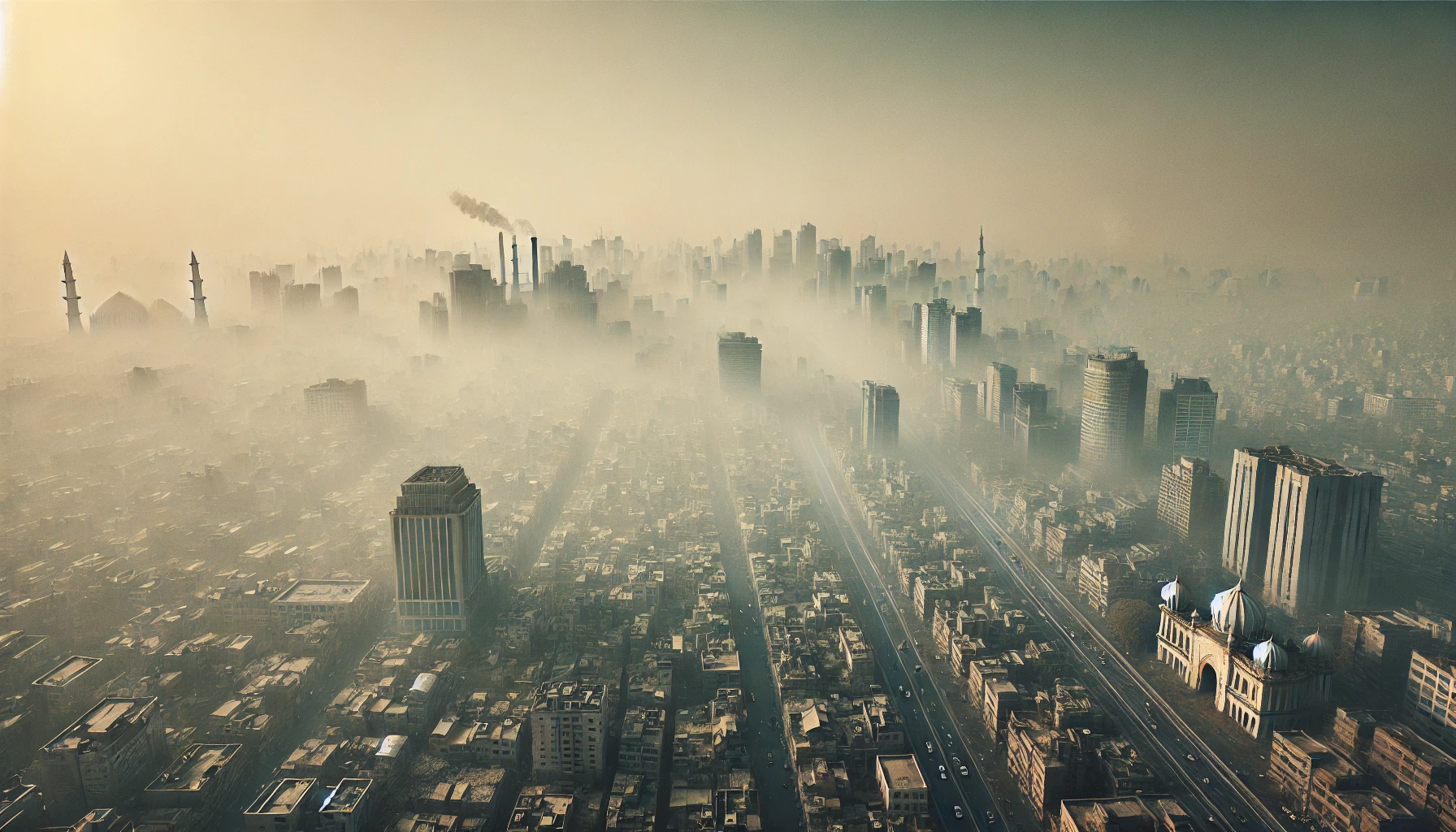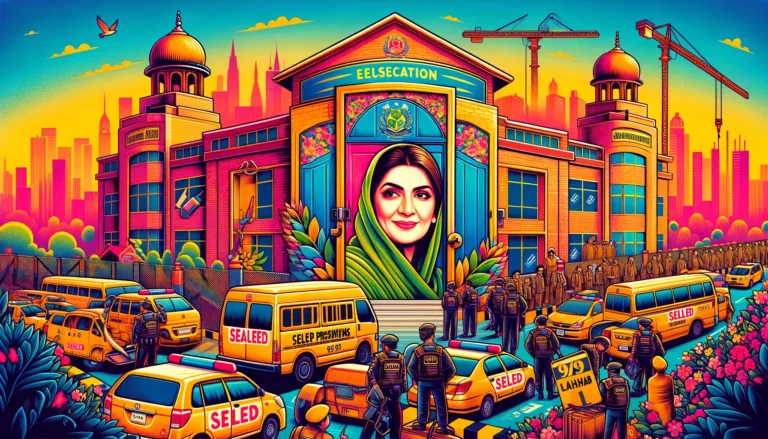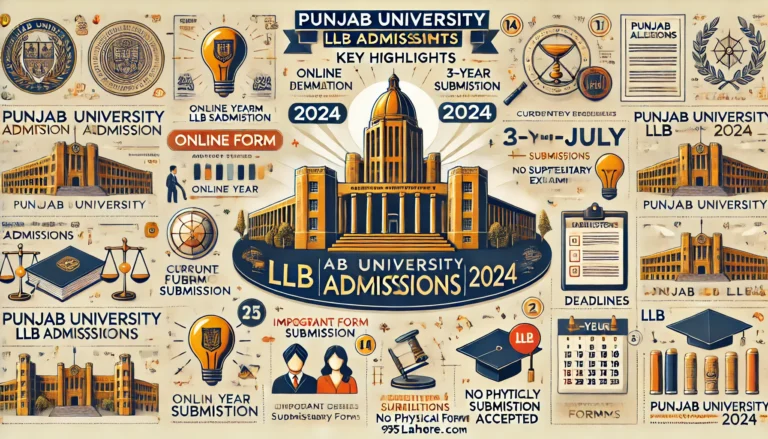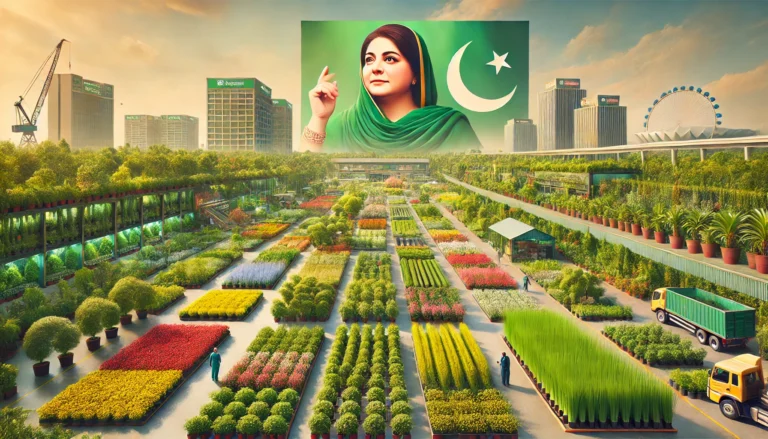Lahore and Delhi Struggle with Unbearable Smog Season Affecting Health and Economy in 2024
Once more, cities of Lahore and Delhi are covered in smog. Northern India and Pakistan are back in pollution season. Millions are in danger from this smog each year. In these cities people live daily lives aimed at cleaning their air. The poisoning is in their air—the air in Lahore, as well as in Delhi. It affects public health, it reduces economic productivity and it reduces quality of life. It’s a bad problem, and it’s a problem for everyone.
Discomfort is not all that it is. It’s a real health crisis. In recent weeks both cities’ air quality have been hazardous. PM2.5 concentration is considerably higher than the World Health Organization’s safe level. Tiny particles — known as PM2.5 — go deep into the lungs and can enter the bloodstream. They make many health problems. Asthma becomes aggravated, leaving people at greater risk of heart disease. Lahore’s AQI was recently above 300. In other words, the air is dangerous. Urbanization, more industrial activity and bad farming practices are adding to things without sufficient environmental protections.
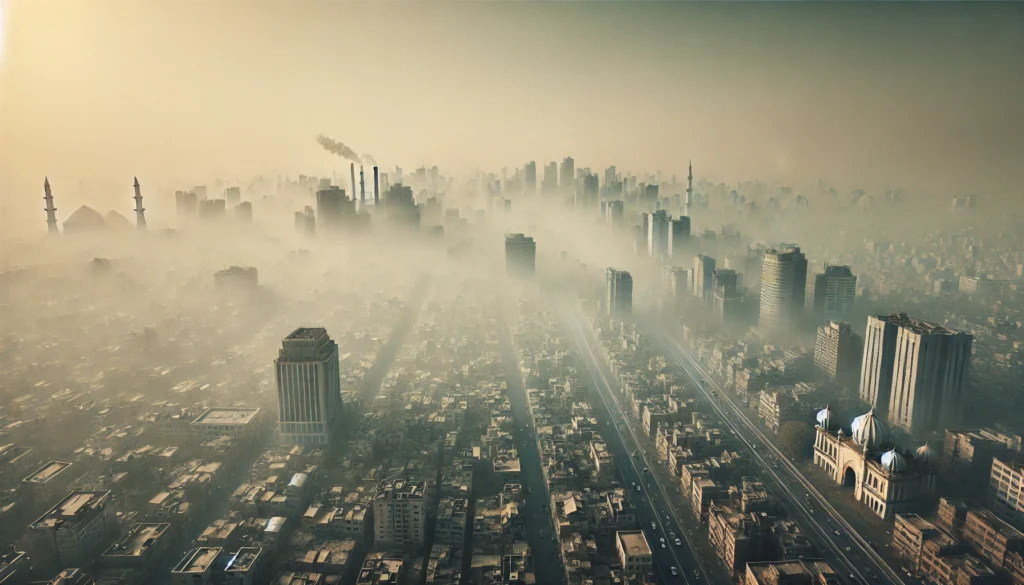
Read more: Smog Crisis in Lahore Ends Outdoor Play for School Kids
The experts say crop stubble burning is a major factor. In northern India and parts of Pakistan leftover rice straw is burned after harvesting the crop. It’s releasing smoke into the air in massive amounts. The pollution settles with no wind. It’s a mixture with car emissions, construction dust and industrial waste. It makes for weeks of smog that coats the sky in a thick layer. Farmers find it convenient to burn straw, but they aren’t being offered any alternatives. This means there is no political will, no money, or cooperation to effect change.
Read more: Smog Crisis in Lahore & Cross-Border Impact on Environment
These cities bring the impact home to the people who live there. People also report more breathing problems, eye irritation and even mental stress. Days with poor air quality force schools to close. The rate of patients with pollution related symptoms to hospital is on the rise. This is not just a short term exposure problem, warns experts. Children’s lung function is reduced in the face of long term exposure; adults with long term exposure are more likely to have heart problems.
It’s also a major economic impact. It stops people from doing the daily tasks. Once instituted, this forces employees to work indoors and keeps up productivity. The thing with low visibility is that it causes flights to be delayed or canceled. It also affects businesses and travel. Daily wages is what many people depend on, and any disruption can prove financially costly. But spreading the disease also means rising costs in healthcare, putting even more strain on a already fragile system.
Read more: Green Lockdown in Lahore to Tackle Smog
Thankfully, there are some positive signs. Public places are trying out air purifiers in cities. Some campaigns are attempting to lower vehicle emissions. They are small efforts, though. Such efforts are too small for the problem. The air belongs to India and Pakistan and both have to work together to get the air and the air clears. A joint approach is what they think is needed. It could include rules on reducing emissions, bans on stubble burning and use of cleaner technologies.
Read more: Lahore Declared Most Polluted City in the World
In the meantime, what can residents do? Small actions can help people feel powerless but. Good steps are to wear masks on high pollution days and use air purifiers at home. It also makes a difference for the better laws. It pushes the Public pressure for accountability and tough rules. The smog is an impossible problem, but it is manmade. It can be solved with public awareness, regional cooperation and a change of priorities.
Read more: Lahore Smog Crisis Maryam Nawaz Seeks Help from India
References:
- Hussain, Mehreen. Lahore and Delhi Struggle with Smog: A Health Crisis. The Guardian, November 1, 2024.
- World Health Organization. Air Quality and Health. Published 2024.
- Kumar, Rajesh. Impact of Crop Stubble Burning on Air Quality in Northern India. Indian Environmental Journal, October 2024.
- Ali, Farah. Economic Consequences of Smog in Lahore and Delhi. South Asian Economics Review, October 2024.
- Environmental Protection Agency Pakistan. Smog and its Effects on Public Health. Published 2024.
- Singh, Aarti. Air Purifier Experiments in Indian Cities. The Times of India, November 2024.
- Gupta, Anil. The Need for Cross-Border Environmental Policies. The Hindu, November 2024.

